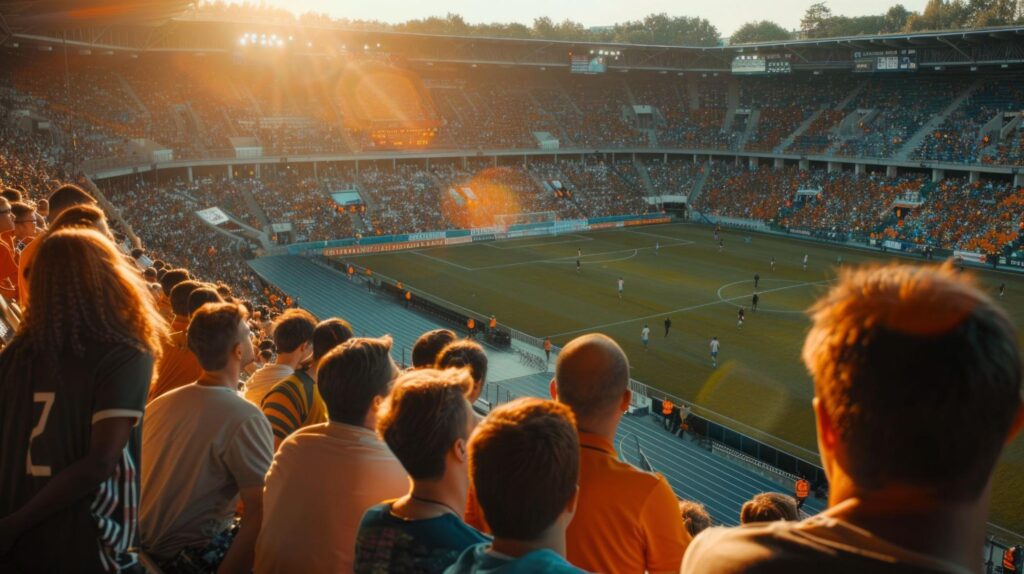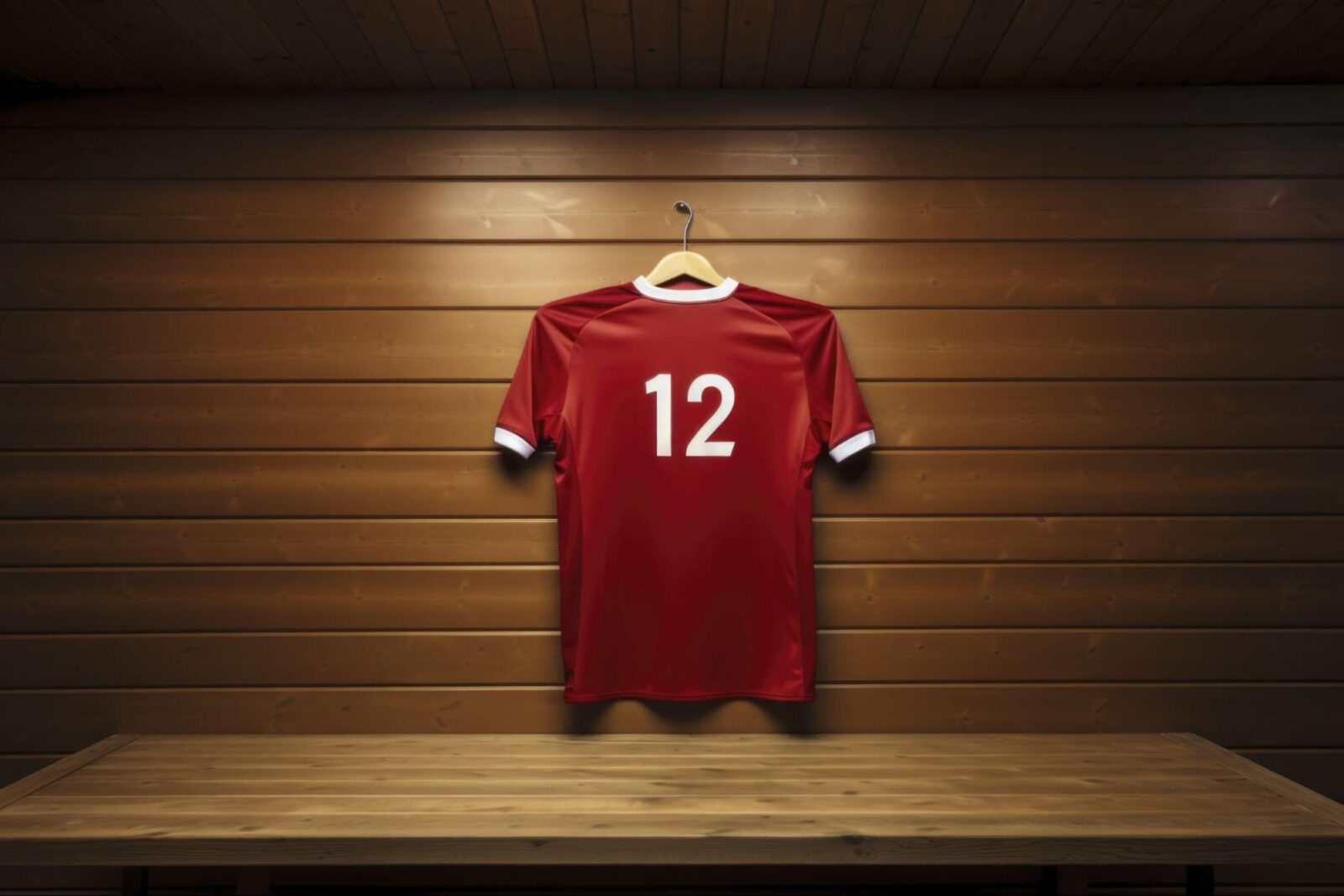Soccer balls have evolved dramatically since the sport’s origin. Today, we have them in the form of high-performance technology integration on these initially fundamental and uncomplicated leather panel structures. Every part of this implement – the cloth material, the stitched design, the dimensions of the ball – is equally vital as the next regarding accuracy, speed, and control while in play. This evolution is changing how the sport drifts from the amateur level to the professional level.
Table of Contents
Evolution of Soccer Ball Designs
Historical innovativeness has transformed the game’s deliverance and reception. Indeed, beginning from the thick-leathered balls of the early part of the 1900s to today’s technologically developed equipment, every change has brought fun. Making bettors aware of these shifts is a game changer for those participating in this industry. To access more information from such developments, download Melbet app and increase your odds with constant updates on the game. Modern ball design and functionality, focusing on aerodynamics and performance, significantly impact game outcomes.
Currently, the more modern objects are called seamless balls. Therefore, the panels are thermally bonded, reducing water absorption, enhancing airfoil, and increasing durability. Some modern designs give the player more control when shooting between opponents or a solid, powerful shot from outside the eighteen-yard box.
Materials and Engineering
New materials have significantly contributed to material science in enhancing soccer balls’ performance under various conditions. Alongside these advancements, the rise of social media betting pages, such as Melbet Mongolia, has become increasingly important. The latter provides fans with real-time updates and interactive opportunities to engage with the game while placing bets on their favorite teams and players. Here are some notable innovations in ball construction:
- Synthetic leather is very lasting and keeps the same sensation all along.
- The butyl bladder retains air much longer, thus prolonging the life of the basketball.
- Polyurethane coatings are also used on soccer balls to make them waterproof and improve their resistance to wear and tear.
These materials are meant for durability, weather, and gameplay, where each match, regardless of the weather conditions, will always give reasonable control in gameplay.

Technological Advancements in Ball Dynamics
Science has raised the bar on soccer ball performance. Technology also defines the properties of the equipment used today, affecting its dynamics and performance on the field and how it interacts with the players. These developments and changes in technology change not only the very nature of the game but also the spectators who always bet on critical moments.
Aerodynamics of Soccer Balls
Soccer balls today are designed to enhance aerodynamics. Panels are strategically placed to form minimum air resistance. The latter leads to a faster and qualitative improvement in shots and passes, adding flair to every catch.
To a punter, comprehending how such design features impact the flight envelope of the product, influencing long-distance shots, free kicks, or any shot, is a boon. The result is that the smoother the plated surface and the better the design, the more predictable movement. A well-aimed shot is not only talent but also a theory.
Interactive Technology in Soccer Balls
In addition, changes in modern football equipment are equally noticeable through the integration of interactive technology. Sensors capture all aspects, ranging from velocity to spin rate, and provide real-time data that alters the teams’ and fans’ perceptions of the sport.
This data gives punters a further understanding of how their players are performing or how the balls they handle are. It enhances training and assists in live betting due to accurate calculations of each movement on betting social media platforms. The latter indicates that integrating modern technology and age-old cultures benefits those who can embrace change.
Impact of Technology on Professional Play
Integrating technology impacts professional play. Some changes include developments in balls and their construction, plus performance tracking. Here’s how technology is shaping the game:
- Real-time data analysis: Soccer ball technology makes it easy for professionals to measure speeds, spins, and trajectories simultaneously.
- Enhanced gameplay accuracy: The ability to handle the ball and specific flight patterns affects the outcome of the games.
- Referee assistance: Goal-line technology and VAR use ball sensors to make better decisions.
These changes raise the quality of play and provide additional information for bettors, making it easier to analyze the team’s performance.
The Future of Soccer Balls
The future includes better technology and the use of environmentally friendly materials. Some manufacturers use biodegradable materials for their products to avoid adverse effects on the surrounding environment while not compromising performance. Future designs could integrate even more sensors, as the potential here provides better data for enhancing the player experience and engaging the fans.
Organizations incorporate it into their products to decrease the polymer’s negative effect on the environment when it does not compromise its functionality. Moreover, future designs might include even more sensors inside the product to provide better data to performers and enthusiasts.
Final Thoughts
Thus, soccer ball science is shaping how the teams play. It includes any technological advancement with enhancements from accuracy engineering to real-time data. Unraveling these changes has the potential to rally another wave of interest that will positively impact the usual critical stakeholders in the industry, such as players, fans, and bettors.











